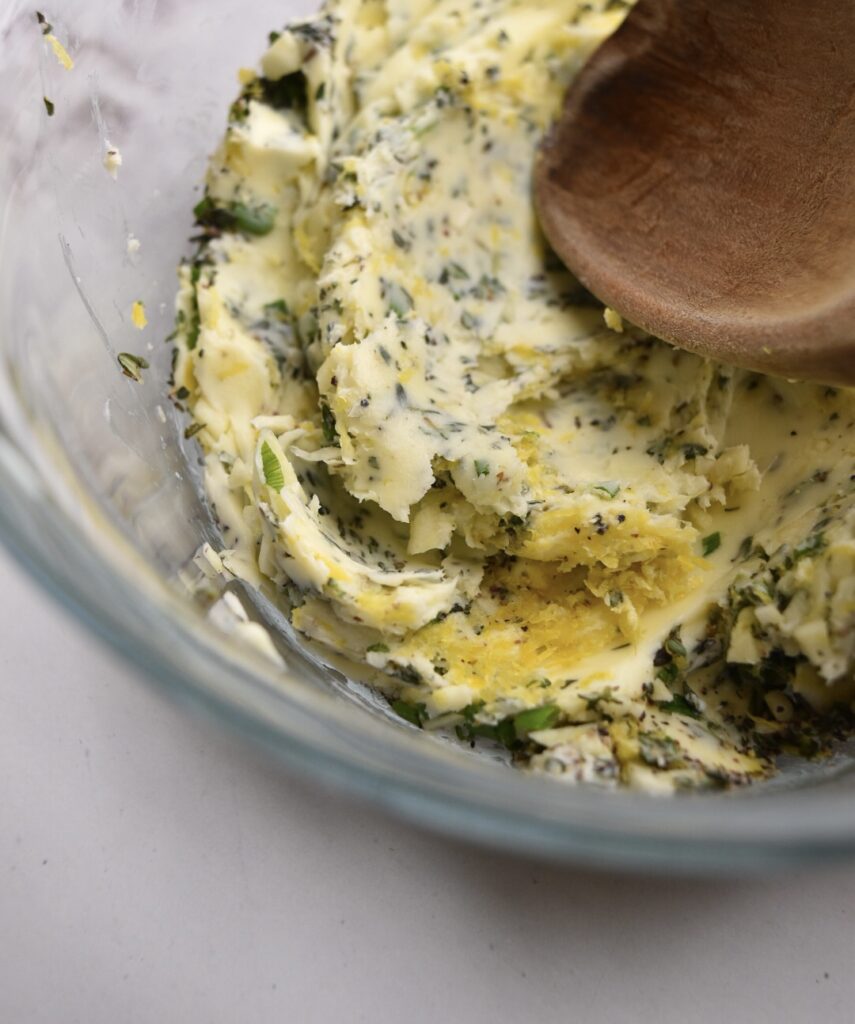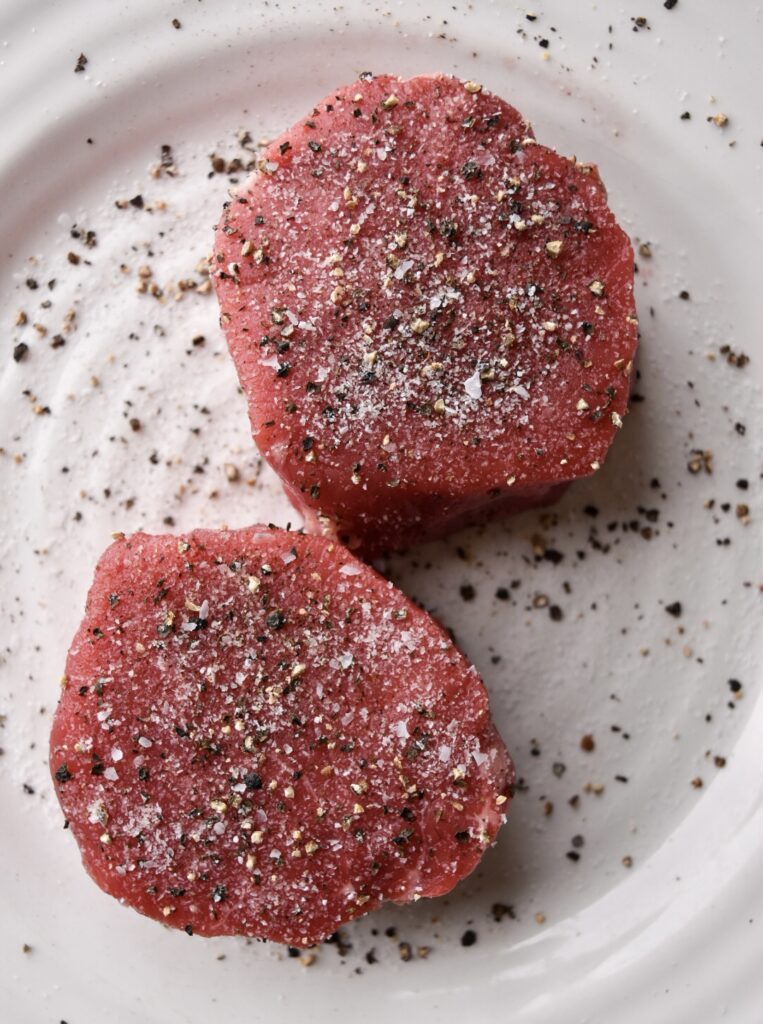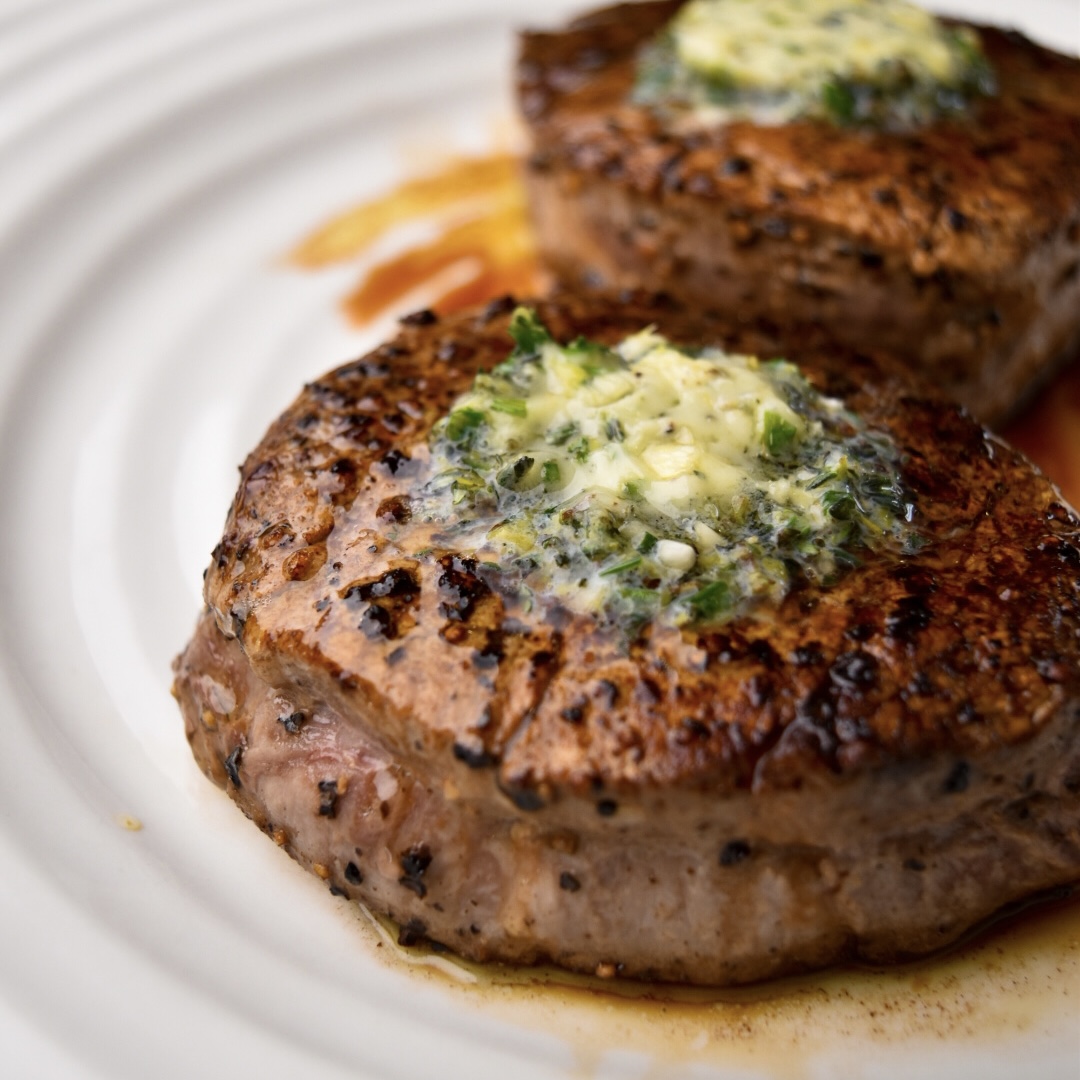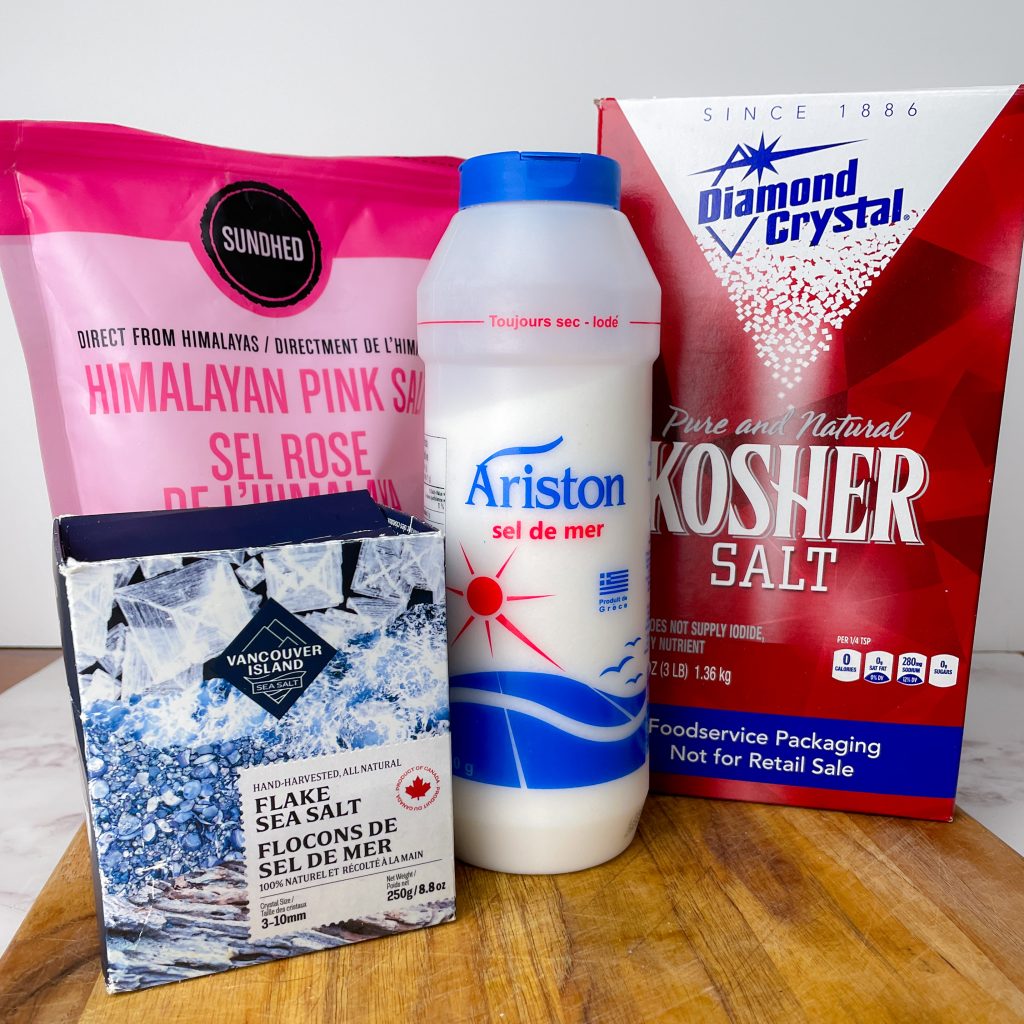This post may contain affiliate links which means I receive a small commission at no cost to you when you make a purchase. As an Amazon Associate, I earn from qualifying purchases.
We have the secret to cooking the perfect filet mignon every single time – and it’s foolproof. Don’t keep thinking Tenderloin Steak is just for dining out! You can create your own steakhouse-style meal at home – we promise! With these easy steps, you can easily create an exquisite dinner for yourself (and your guests!).
Pan-seared filet mignon in a cast iron pan is, in our opinion, the BEST way to prepare a tenderloin steak. There are many different methods out there but this one provides consistent results for home cooks looking for a flavourful and juicy steak that is cooked to perfection.
Psst…if you tend to over-cook steaks, this method is for you!
What do we like about pan-seared filet mignon? The steak’s surface is in full contact with the pan, as opposed to a grill’s grates which are staggered. This full contact enables the entire surface to caramelize (more caramelization = more flavour!).

The other reason we like pan-seared beef tenderloin is the BUTTER and flavours. Pan-searing allows you to infuse flavours (without those flavours dropping between the grill grates with grilled steak). We cook our steaks in butter, but also add oil because butter has a low smoke point. You can incorporate flavours by adding herbs and garlic to the pan or using compound butter.
For this recipe, we’ve made compound butter with lemon and thyme for a fresh herb flavour. It’s the perfect accompaniment to a succulent beef tenderloin steak.
Now, don’t get us wrong about grilling, we love grilled steak and it’s our favourite method otherwise! We just like a delicate beef tenderloin that is pan-seared to perfection.

How to Cook Filet Mignon in a Pan?
The pan-searing method we recommend involves finishing the steak using the indirect heat of an oven. This combination unlocks an unbelievably delicious steak with a caramelized exterior that encases juicy and tender meat cooked evenly throughout. Plus, this recipe is easy to master due to the convenience of using a cast iron skillet for effortless stovetop-to-oven transferring.
The oven-finishing is needed to finish cooking the steak without burning the exterior. Most tenderloins tend to be a thicker cut at about 1.5-2 inches. This thickness will cause the exterior to burn before the interior is cooked through if cooked entirely on the stovetop.
If your tenderloin steak is thin (1 inch or less), then you may find the steak cooks before you can move it to indirect heat. By the way – we don’t recommend thin tenderloin steaks as they are very easy to overcook and become dry…not the experience you were looking for!

Can I Cook Filet Mignon in the Oven? [Broiled Steak]
We do use the oven in this recipe but only to finish the steak! We first sear the steak in a cast iron pan over high heat and then transfer to the oven until it reaches the desired temperature.
Wondering about searing your steaks in the oven instead of a pan?
Oven-searing is often used for meats that are too large or awkward to fit in a cast-iron pan or dutch oven. For example, a roast that needs to be browned first would be seared in the oven by setting the temperature to a very high temperature or using the broil function.
We don’t recommend over-seared steaks because the results can be very inconsistent and there is a great risk of overcooking your steak. Steaks tend to be thinner than say, a roast, causing the steak to overcook before you get a nice sear on them. Let’s not ruin that beautiful tenderloin steak!
Now, in comparison, a pan-sear is very hot and fast! This browns the surface quickly without overcooking the center of the steak.

How Long to Cook Filet Mignon?
The total cook time for a 1.5 – 2 inch steak is about 8+ minutes. Pan-sear the steaks on each side for 2 minutes. Setting a timer is a huge help to ensure the steak is cooked properly.
Beyond this point, we suggest using a thermometer to check for doneness because using set times aren’t as accurate. There are many variables including the heat of the pan, the temperature of the raw steaks, the thickness of the steaks and whether you use a conventional oven. If you get distracted, these digital thermometers can notify you on your phone when it’s ready.
Once seared, transfer the cast iron skillet to a preheated oven at 400ºF and cook until it reaches the desired temperature. This could be 4 – 8 minutes.
What Temperature Should My Steaks Be?
For filet mignon, we suggest cooking them to medium rare. We always remove our steaks when they are 5-10ºF below the final desired temperature due to carry-over cooking.
Carry-over cooking is the residual heat that continues to cook the steak even after it is removed from the oven. This can add up to 10ºF in temperature so we suggest removing the steaks 5-10ºF before they reach their final desired temperature.
Steak Temperature Chart
To achieve the recommended medium-rare, aim for a thermometer reading of 120ºF – 125ºF before removing the steaks from the oven. The steaks will continue to rise in temperature to 130ºF while they rest on a plate.
Check out our temperature guide below:
| Desired Doneness | Remove from Heat Temperature | Final Temperature After Resting |
| Rare | 115-120°F | 125°F |
| Medium Rare | 120-125°F | 130ªF |
| Medium | 130-135°F | 140°F |
| Medium-Well | 140-145°F | 150ºF |
| Well | 150-155°F | 160ªF |

Letting Steaks Rest
Once you’ve removed the steaks from the oven, let them rest for around 10 minutes so that all of the juices can settle and the steak continues to rise in temperature.
Don’t allow them to rest in the cast iron pan, you’ll need to transfer them to a plate. Cast iron pans retain heat very well and could continue cooking your steak well after you removed the pan from the oven.
Resting your meat will ensure that your steak is tender and juicy when you serve it!
Do I Need a Cast Iron Pan?
Cast iron pans have exceptional heat retention and a non-stick surface. Plus it can go from grill and campfire to stove top and oven. While you can use any non-stick pan we prefer the long-long durability of a cast iron pan! These pans are passed down through generations of home cooks and we love ours!
Now let’s whip out your favourite skillet and get cooking!

Pan-Seared Beef Tenderloin Steak with Lemon Thyme Butter
Ingredients
Lemon Thyme Butter
- 1/2 cup unsalted butter softened
- 2 garlic cloves minced
- 1 tbsp freshly chopped thyme leaves
- 1 tbsp minced chives
- Zest of 1 lemon
- 1/4 tsp Sea salt
- 1/4 tsp Black Pepper
Steaks
- 2 beef tenderloin steaks good quality steaks (preferably Angus beef)
- kosher salt
- freshly cracked pepper
- 1 tbsp olive oil or high-heat oil
- 1 tbsp butter
Instructions
- Make the Lemon Thyme Butter
- In a medium bowl, combine the butter, garlic, thyme, chives, lemon zest, sea salt and black pepper.
- Spoon onto parchment paper and roll into a log. Twist the ends and refrigerate for 20 minutes. The remaining Lemon Thyme Butter can be stored in an air-tight container or wrapped in foil in the fridge or freezer.
Cook the Steaks
- Set the steaks out at room temperature for 1 hour before cooking.
- Preheat the oven to 400ºF. Preheat the cast iron pan to medium-high heat.
- Pat the steaks dry with a paper towel and season the steaks on both sides with salt and pepper.
- Add the olive oil and butter. Once melted and the pan is hot (test it by flicking water onto the pan and watch that it sizzles), sear the steaks for 2 minutes per side, or until nicely browned. Spoon the butter over the steaks as they cook.
- Transfer the cast iron pan to the preheated oven and continue to cook until your desired doneness is reached (about 4- 8 minutes). Use a thermometer to check the doneness.
- Transfer the steaks to a plate, top with slices of lemon thyme butter and loosely tent with foil to rest for 10 minutes before serving.
- Season to taste with salt and pepper.









